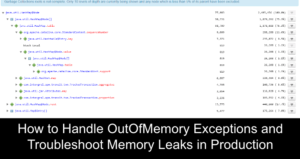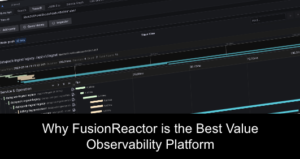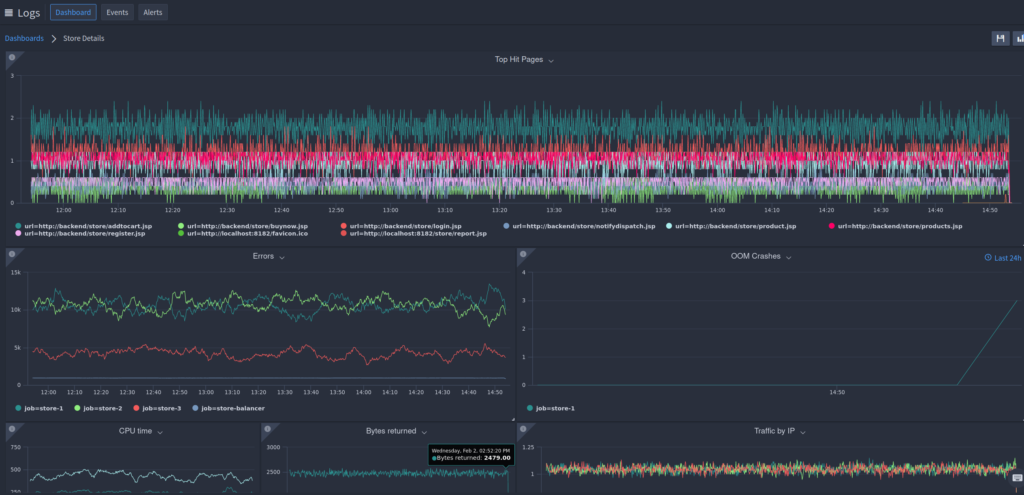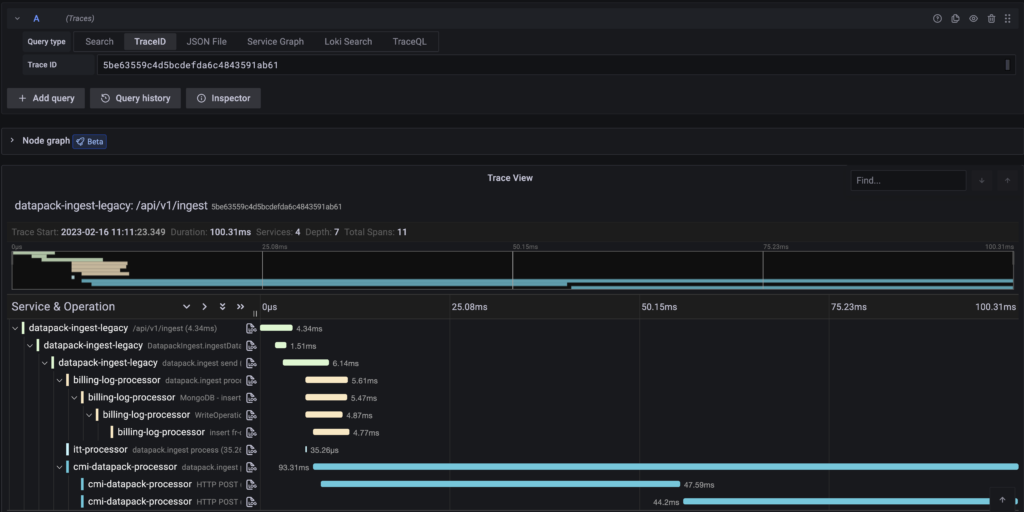When it comes to monitoring and troubleshooting applications and systems, there are three primary approaches: log management, distributed tracing, and Observability and application performance monitoring tools like FusionReactor. Consequently, all three methods have their strengths and weaknesses. However, they differ in focus and methodology. In this post, we’ll explore log management vs. distributed tracing, introduce the Observability platform FusionReactor, and examine the pros and cons of each approach.
Log Management
Log management involves collecting, storing, and analyzing logs generated by applications and systems. Essentially, logs are text files that capture events, errors, and other important information about the application or system. So, log management tools enable developers and operations teams to search and filter logs, set up alerts for specific events, and visualize trends and patterns in log data. Therefore, this approach is useful for understanding the behavior of an application or system over time, and for identifying issues or errors that occurred in the past.
Strengths:
- Useful for debugging issues that have already occurred by looking at historical data.
- Can provide a comprehensive view of an application’s behavior over time.
- Enables searches across different components and layers of the application to pinpoint issues.
- Can be used to identify patterns, trends, and anomalies in the data.
Weaknesses:
- Limited visibility into real-time application behavior.
- Can generate a large amount of data that can be difficult to manage and analyze.
- May not provide a complete view of the application, as certain events or errors may not be captured in logs.
- Requires a well-defined logging strategy to be effective.
Distributed Tracing
Distributed tracing involves capturing and analyzing the flow of requests and responses across a distributed system. A distributed system is one that is made up of multiple components or services that work together to provide a particular functionality. Distributed tracing tools enable developers and operations teams to trace the path of a request as it moves through the system, identifying which components are involved, how long each step takes, and any errors or bottlenecks that occur. This approach is useful for understanding the performance and behavior of a distributed system in real-time, and for identifying issues or errors as they occur.
Strengths:
- Provides real-time visibility into application behavior and performance.
- Enables identification of bottlenecks and issues in a distributed system.
- Can track requests across multiple components and services, providing a comprehensive view of the system.
- Enables correlation of events and requests across different components and layers of the application.
Weaknesses:
- It can generate a large amount of data that can be difficult to manage and analyze.
- It requires instrumenting the application with tracing libraries, which can be time-consuming.
- It may not provide a complete system view if not all components are instrumented.
- It can be difficult to trace requests across systems with different tracing implementations.
FusionReactor observability platform
FusionReactor is an application performance monitoring tool designed to provide real-time insights into application behavior and performance. It uses a combination of deep code-level profiling, log monitoring, real-time request tracing, and performance metrics to help developers and operations teams understand how their applications are performing and identify any issues or bottlenecks.
Strengths:
- Provides real-time visibility into application behavior and performance
- Enables deep code-level profiling to identify performance issues at the code level
- Provides real-time request tracing to identify bottlenecks and issues in a distributed system
- It can be used to monitor multiple applications and servers from a single console
- Provides detailed performance metrics and analytics to help optimize application performance
- It is much less resource-intensive than other tools
- It is available on a free trial
Weaknesses:
- Requires additional configuration and setup to integrate with certain applications or frameworks
- May not be able to capture all application events and errors without additional configuration
- Requires a license fee for use.
Conclusion – Log Management vs. Distributed Tracing: Understanding the Differences
Choosing the right approach to monitoring and troubleshooting your application or system can be challenging. Log management, distributed tracing, and APM tools like FusionReactor each have their strengths and weaknesses, and the best approach will depend on the specific needs of your application and organization. Log management helps understand past behavior and identify issues that have already occurred. Distributed tracing provides real-time visibility into application behavior and performance, making it helpful in identifying problems as they occur. FusionReactor combines deep code-level profiling, real-time request tracing, and performance metrics, making it a powerful tool for understanding application behavior and optimizing performance.
When deciding on the right approach, consider the complexity of your application, your team’s skillset, and the level of visibility you require. While log management and distributed tracing are effective solutions for many use cases, FusionReactor provides a comprehensive approach to monitoring and troubleshooting that is well-suited to large, complex applications and distributed systems.
In conclusion, monitoring and troubleshooting are critical components of any application or system, and choosing the right approach can make all the difference. Consequently, by understanding the differences between log management, distributed tracing, and Observability tools like FusionReactor, you can decide which approach best suits your needs and ensure that your application or system performs at its best.





